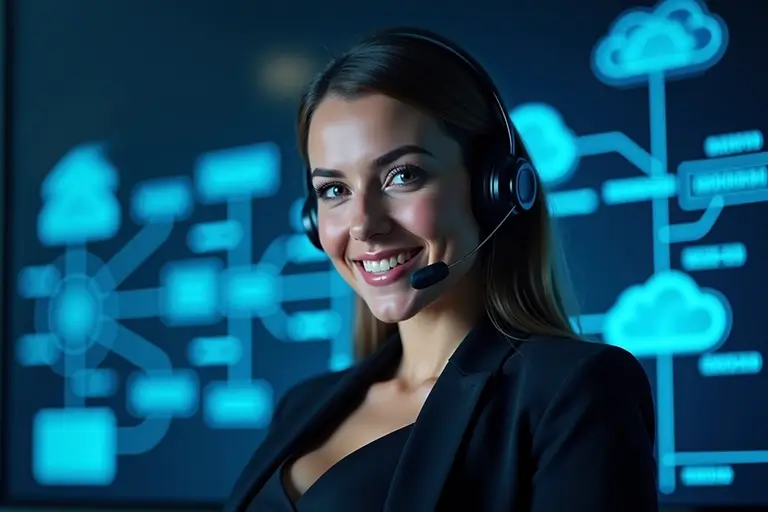AI-Generated Images Emerge: A Revolution in Visual Storytelling
In 2024, AI-generated images emerge as a powerful tool shaping online narratives. These hyper-realistic visuals, fueled by artificial intelligence, blur the line between reality and fiction, captivating audiences across the globe. As AI technology evolves, its ability to generate lifelike images has expanded, leaving a profound impact on politics, news, and social media.
AI-driven content is spreading rapidly, making it crucial to understand how these images shape our understanding of events. In this article, we’ll explore the exciting rise of AI-generated visuals, their role in politics, and the broader cultural implications.

The Rise of AI-Generated Images in Politics
In 2024, AI-generated images emerge as a major force during the election season. Political campaigns, social media influencers, and even regular users began using AI tools to create synthetic images that promote their agendas. These images are not just memes or jokes, they carry significant influence.
For instance, when Hurricane Helene struck, an image showing a child holding a puppy on a boat went viral. It drew emotional reactions from people online, including politicians. However, when users of X (formerly Twitter) flagged the image as AI-generated, it revealed a new challenge: how AI images can be used to manipulate emotions and spread false narratives.
Senator Mike Lee and others deleted their posts, but some, like Amy Kremer of the Republican National Committee, defended it, saying it captured “deeper truths.” This debate highlights the tension between factual accuracy and emotional impact in a world where AI-generated images emerge as tools for influence.
Emotional Impact of AI Images
One of the most compelling aspects of AI-generated images is their emotional power. These visuals evoke strong reactions before viewers even realize they’re fake. Take the case of AI-generated images of animals trapped on rooftops after hurricanes. These pictures were used to criticize the government’s disaster response, tapping into public frustration and fear.
AI-generated images also play a role in fandom-like political engagement. Renée DiResta, a policy expert, compared this to fan culture. Supporters create and share images to show their loyalty, just like fans of pop stars or athletes. This new form of political propaganda is cheap, easy to produce, and incredibly effective.
The Fine Line Between Truth and Fiction
As AI-generated images emerge, they force us to question the very nature of truth in visual media. A striking example came when former President Trump’s campaign shared AI-generated pictures of him cuddling animals. These images blurred the line between reality and fantasy, offering a softer side of Trump while his supporters spread misleading stories.
Matthew Barnidge, a political communication expert, notes that this phenomenon echoes deep philosophical ideas. Western thinkers like Kant and Kierkegaard believed in the existence of deeper truths beyond facts. In today’s world, AI images are tapping into this, creating visuals that may not be factually accurate but convey emotional truths. It’s a fascinating shift in how we interpret media.
AI-Generated Images in Everyday Life
Beyond politics, AI-generated images emerge in everyday content. From realistic cakes to bizarre shrimp-like figures rising from the sea, AI-generated images flood social media. Content creators in developing countries use AI to produce viral posts, earning money from platforms like Facebook. In some cases, these creators earn more than the average monthly income in their regions.
AI-generated content farms have sprung up, with creators producing everything from patriotically themed images to strange artistic visuals. It’s clear that AI is not just for political propaganda—it’s also a lucrative tool for creative expression and online engagement.
Dangers of AI-Generated Political Imagery
While many AI-generated images seem harmless, others pose real dangers. One striking example in 2024 was an image of Kamala Harris, dressed in a Soviet-style uniform, complete with a hammer and sickle. The image, boosted by X’s owner Elon Musk, was designed to paint Harris as un-American.
Eddie Perez, a former Twitter employee, explained that these images are part of a broader effort to undermine trust in the election process. As AI-generated images emerge, they fan the flames of political polarization, fueling conspiracy theories and deepening divisions.
The rise of AI imagery adds another layer of complexity to the election process. With AI-generated content being so easy to create and share, it’s becoming harder for voters to distinguish between fact and fiction. As the 2024 election unfolds, the role of AI-generated images will undoubtedly continue to grow, raising new questions about the future of democracy.
The Future of AI-Generated Images
In 2024, AI-generated images emerge as a defining feature of online culture. They blur the line between truth and fiction, influence political campaigns, and offer new opportunities for creativity. As AI technology continues to evolve, the impact of these images will only grow.
Whether used for political propaganda or viral content creation, AI-generated images are reshaping how we consume media. They tap into our emotions, challenge our perceptions, and force us to question what’s real. This revolution in visual storytelling is just beginning, and it promises to be both exciting and controversial.
In a world where AI-generated images emerge as a dominant force, the ability to discern truth from fiction will become an essential skill for anyone navigating the digital landscape. Will we embrace this new era of visual media, or will we fall victim to its potential for deception? Only time will tell, but one thing is certain: the future of imagery has changed forever.








